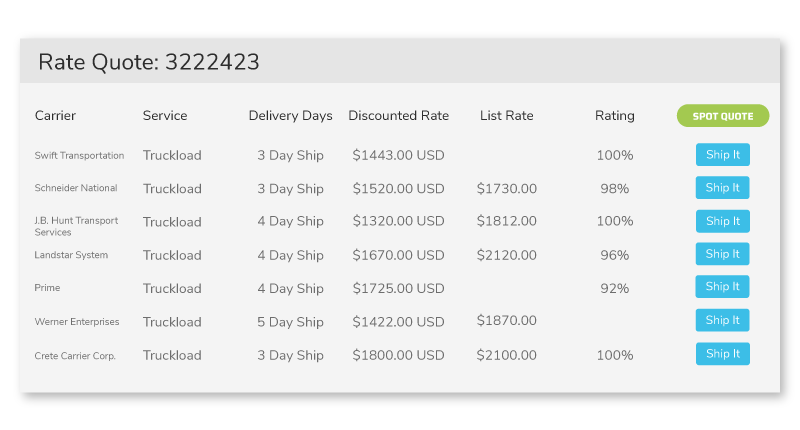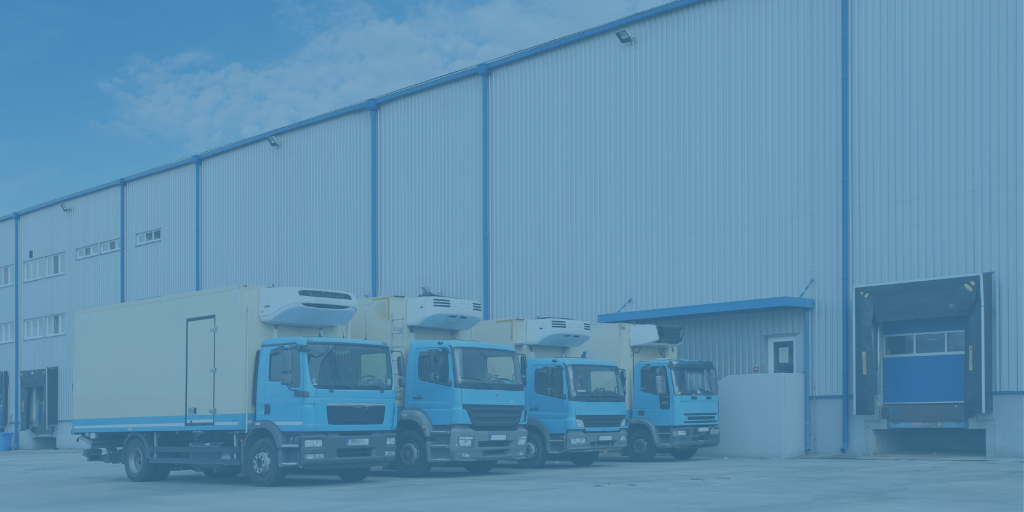Can Rate Hacking Save You Money on Carrier Fees?
With the right logistics software, you can save 5-10 minutes per shipment and up to 30% on average shipping costs. With FreightPOP, you are given a...
3 min read
FreightPOP : Jun 21, 2021

Shippers traditionally used load boards to book truckloads (FTL, LTL, etc.), however, as APIs and digital processes become the norm, digital marketplaces and shipping software are taking over.
If you have to book truckloads, you have three distinct options:
1) Use a load board to post a job and await carrier bids.
2) Use a digital marketplace, such as Amazon Freight, Uber Freight, Convoy, etc., to shop rates.
3) Use shipping software ( or TMS) that shops several marketplaces simultaneously and lets you book, track, and audit all bookings.
As more businesses digitally transform to take advantage of automation and integrating systems, manual processes like using load boards to quote shipments are difficult to justify.
Digital marketplaces and shipping software remove manual processes, and many affordable solutions are easy to implement and use.
For those shippers that still use load boards, the process they follow is this:
This "auction house" type of experience is full of inefficiencies. Initially, the time waiting for bids can mean you miss out on getting a shipment on the road in the timeframe you promised a customer. Or you may miss taking advantage of a good bid because you were busy on another task, and the carrier has since withdrawn the offer, jumping at another job.
The manual process of actually booking the job once a bid is accepted is also inefficient. An auction environment does not give you the tools to digitally book nor provide you with data to monitor shipments or generally collect valuable shipping data.
Load boards simply lack the digital component digital marketplaces and shipping software have.
CASE STUDY: How a Shipper Reduces Double Data Entry and Errors
A more progressive way of shipping truckloads and how the industry is heading is through digital marketplaces, which use APIs to connect quotes in real-time. Rather than posting a load to request carrier bids, digital marketplaces already have contracted rates in their system so shippers can access instantaneous quotes.
And quotes are usually at reduced rates as digital marketplaces have bulk rate contracts with carriers—although it should be noted, using a single digital marketplace doesn't mean you'll score the lowest rate on a job. There are still other digital marketplaces and even shipping software providers with carrier contracted rates that may have the best rate for a given load.
The process of using digital marketplaces to grab quotes looks like this:
Load boards are manual and slow - shopping marketplace rates is more progressive, quicker, and efficient.
The best option you have to move on from load boards is to start using shipping software that allows you to shop multiple marketplace rates (and general carrier rates) from one dashboard!
There are two specific benefits of using (the right) shipping software:
1) You can swiftly grab instant price quotes and organize your shipments right from a dashboard screen. The rates you capture will include:
FreightPOP's shipping software, for example, looks something like this when you rate shop:
2) When you book rates via shipping software, you have the added benefit of visibility. You can now track your shipment, readily keep customers updated on status, as well as integrate shipping data to the rest of your business technology—this last bit is the real kicker!
When you integrate, you improve interdepartmental visibility. You stop sales from pestering procurement on when materials are coming. You aid your customer service team in knowing what exactly Ops sent out when assisting customers. Integrating processes also allows you to automate auditing to help keep your carriers honest on invoices!
Integrations & Digitizing Logistics Ebook Bundle
Let us help you figure all this out! We provide award-winning shipping software, implementation support, and automation tools to wow your internal teams and customers!
Contact us to learn how to get on your way to shipping your freight as efficiently as possible!

With the right logistics software, you can save 5-10 minutes per shipment and up to 30% on average shipping costs. With FreightPOP, you are given a...

In a data-driven world, businesses are increasingly using rich analytics to make better decisions. Read on to see how your businesses can use...

While many shippers have carrier partners that they work with time and time again, decision-makers might want to hold off on approving their next...